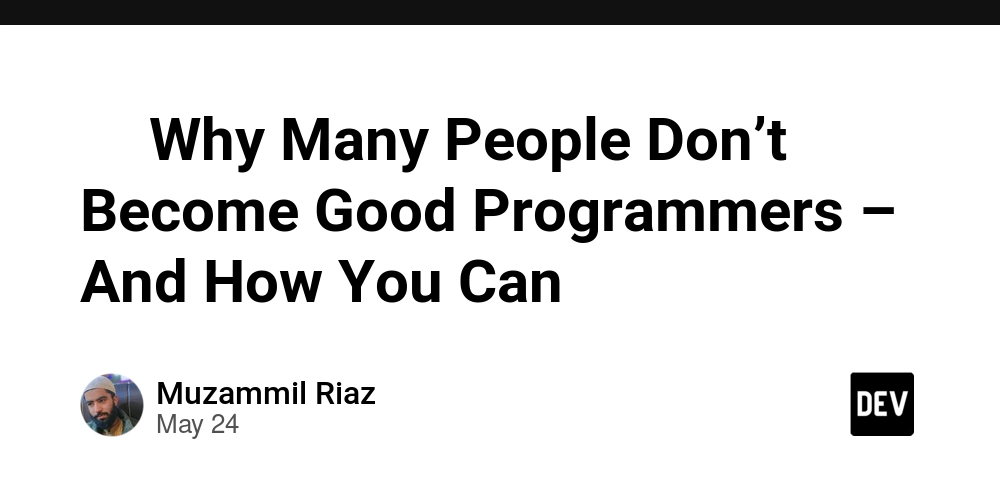DBMS Specialization: Breaking Down Entity Hierarchies
When designing databases that truly reflect the real world, it's not enough to simply identify entities and relationships. Often, entities have subtypes—specific versions of themselves that possess additional attributes or behaviors. This is where the concept of specialization in database design comes into play. In this blog, we’ll break down DBMS specialization, explain how it works, and show why it’s an essential part of modeling complex data accurately. What Is Specialization in DBMS? Specialization in DBMS is the process of creating subclasses (or sub-entities) from a more general entity type. Think of it as starting with a broad category and then narrowing it down into more specific types. For example, consider a general entity called Employee. Within an organization, employees can be Managers, Engineers, or Technicians. Each of these roles may have additional attributes that don’t apply to all employees. For instance: • A Manager may have a department_managed. • An Engineer may have a specialization_area. • A Technician might have a certification_level. Rather than overloading the general Employee entity with optional fields, specialization allows us to create more focused, meaningful sub-entities that inherit the base attributes of Employee while adding their own specific ones. The Human Logic Behind Specialization We naturally think in terms of categories and subcategories. For instance, we understand that all dogs are animals, but not all animals are dogs. This kind of hierarchical thinking is mirrored in database design through entity hierarchies. When modeling real-world data, it's important to reflect this structure: • Generalizations are broader concepts (e.g., Vehicle). • Specializations are specific instances or types of the general category (e.g., Car, Truck, Motorcycle). This makes the database more intuitive, flexible, and easy to maintain as real-world needs evolve. Why Use Specialization in Database Design? There are several key benefits to using DBMS specialization when designing your data model: Improved Data Organization Specialization helps organize data logically by grouping shared attributes at a higher level (the supertype) and unique attributes at the lower level (the subtypes). Avoids Redundancy Instead of duplicating common fields across multiple tables, specialization centralizes them in a single parent entity. This reduces redundancy and improves data integrity. Enhanced Query Efficiency When querying data, specialization allows you to target only the relevant subset of records, making queries more precise and efficient. Scalability and Flexibility As business requirements change, specialization allows you to extend your data model with new subtypes without needing to redesign existing structures. Representing Specialization in ER Diagrams In an Entity-Relationship (ER) diagram, specialization is typically shown using a triangle labeled with “ISA”, indicating that the sub-entities inherit from the super-entity. For instance: markdown CopyEdit Employee ▲ ___|___ | | | Manager Engineer Technician Each subclass (Manager, Engineer, Technician) "is a" type of Employee and may have its own distinct attributes in addition to those inherited from Employee. Types of Specialization: Specialization can be classified into two main types based on how sub-entities are related to the super-entity: Disjoint Specialization o An entity instance can belong to only one of the subclasses. o Example: An employee is either a Manager or an Engineer, not both. Overlapping Specialization o An entity instance can belong to multiple subclasses. o Example: A person might be both a Professor and a Researcher. Another important concept is completeness: • Total Specialization: Every instance of the super-entity must belong to one of the sub-entities. • Partial Specialization: Some instances of the super-entity may not belong to any sub-entity. These distinctions help further clarify how entities are expected to behave in your data model. Real-World Applications of Specialization DBMS specialization is used in many real-world systems to simplify and streamline data models: • University Databases: Where the general entity Person can be specialized into Student, Professor, and Staff. • Banking Systems: Where Account can be specialized into Savings Account, Checking Account, and Loan Account. • E-commerce Platforms: Where a general User can be a Customer, Seller, or Administrator. By using specialization, these systems maintain clean and efficient data architectures that can grow with time. When Not to Use Specialization While specialization is powerful, it’s not always necessary. Avoid it when: • The sub-entities don’t have significantly different attributes or behavior. • The complexity added by specialization outweighs its benefits. • Simpler data models can achieve the same goal without sacrificing clarity. The key is to strike a balance between simplicity and pre

When designing databases that truly reflect the real world, it's not enough to simply identify entities and relationships. Often, entities have subtypes—specific versions of themselves that possess additional attributes or behaviors. This is where the concept of specialization in database design comes into play. In this blog, we’ll break down DBMS specialization, explain how it works, and show why it’s an essential part of modeling complex data accurately.
What Is Specialization in DBMS?
Specialization in DBMS is the process of creating subclasses (or sub-entities) from a more general entity type. Think of it as starting with a broad category and then narrowing it down into more specific types.
For example, consider a general entity called Employee. Within an organization, employees can be Managers, Engineers, or Technicians. Each of these roles may have additional attributes that don’t apply to all employees. For instance:
• A Manager may have a department_managed.
• An Engineer may have a specialization_area.
• A Technician might have a certification_level.
Rather than overloading the general Employee entity with optional fields, specialization allows us to create more focused, meaningful sub-entities that inherit the base attributes of Employee while adding their own specific ones.
The Human Logic Behind Specialization
We naturally think in terms of categories and subcategories. For instance, we understand that all dogs are animals, but not all animals are dogs. This kind of hierarchical thinking is mirrored in database design through entity hierarchies.
When modeling real-world data, it's important to reflect this structure:
• Generalizations are broader concepts (e.g., Vehicle).
• Specializations are specific instances or types of the general category (e.g., Car, Truck, Motorcycle).
This makes the database more intuitive, flexible, and easy to maintain as real-world needs evolve.
Why Use Specialization in Database Design?
There are several key benefits to using DBMS specialization when designing your data model:
- Improved Data Organization Specialization helps organize data logically by grouping shared attributes at a higher level (the supertype) and unique attributes at the lower level (the subtypes).
- Avoids Redundancy Instead of duplicating common fields across multiple tables, specialization centralizes them in a single parent entity. This reduces redundancy and improves data integrity.
- Enhanced Query Efficiency When querying data, specialization allows you to target only the relevant subset of records, making queries more precise and efficient.
- Scalability and Flexibility As business requirements change, specialization allows you to extend your data model with new subtypes without needing to redesign existing structures. Representing Specialization in ER Diagrams In an Entity-Relationship (ER) diagram, specialization is typically shown using a triangle labeled with “ISA”, indicating that the sub-entities inherit from the super-entity. For instance: markdown CopyEdit Employee ▲ ___|___ | | | Manager Engineer Technician Each subclass (Manager, Engineer, Technician) "is a" type of Employee and may have its own distinct attributes in addition to those inherited from Employee. Types of Specialization: Specialization can be classified into two main types based on how sub-entities are related to the super-entity:
- Disjoint Specialization o An entity instance can belong to only one of the subclasses. o Example: An employee is either a Manager or an Engineer, not both.
- Overlapping Specialization o An entity instance can belong to multiple subclasses. o Example: A person might be both a Professor and a Researcher. Another important concept is completeness: • Total Specialization: Every instance of the super-entity must belong to one of the sub-entities. • Partial Specialization: Some instances of the super-entity may not belong to any sub-entity. These distinctions help further clarify how entities are expected to behave in your data model. Real-World Applications of Specialization DBMS specialization is used in many real-world systems to simplify and streamline data models: • University Databases: Where the general entity Person can be specialized into Student, Professor, and Staff. • Banking Systems: Where Account can be specialized into Savings Account, Checking Account, and Loan Account. • E-commerce Platforms: Where a general User can be a Customer, Seller, or Administrator. By using specialization, these systems maintain clean and efficient data architectures that can grow with time. When Not to Use Specialization While specialization is powerful, it’s not always necessary. Avoid it when: • The sub-entities don’t have significantly different attributes or behavior. • The complexity added by specialization outweighs its benefits. • Simpler data models can achieve the same goal without sacrificing clarity. The key is to strike a balance between simplicity and precision. Final Thoughts DBMS specialization is a vital concept for designing structured, scalable, and logical databases. It allows you to create entity hierarchies that mirror real-world complexities while keeping your data model clean and efficient. By understanding when and how to use specialization, you can design better systems that are easier to query, extend, and maintain. As with any design choice, the context and requirements of your application should guide how you implement these concepts. Whether you’re a student learning the fundamentals of database design or a developer building complex applications, mastering DBMS specialization will give you a strong foundation for working with structured data.





















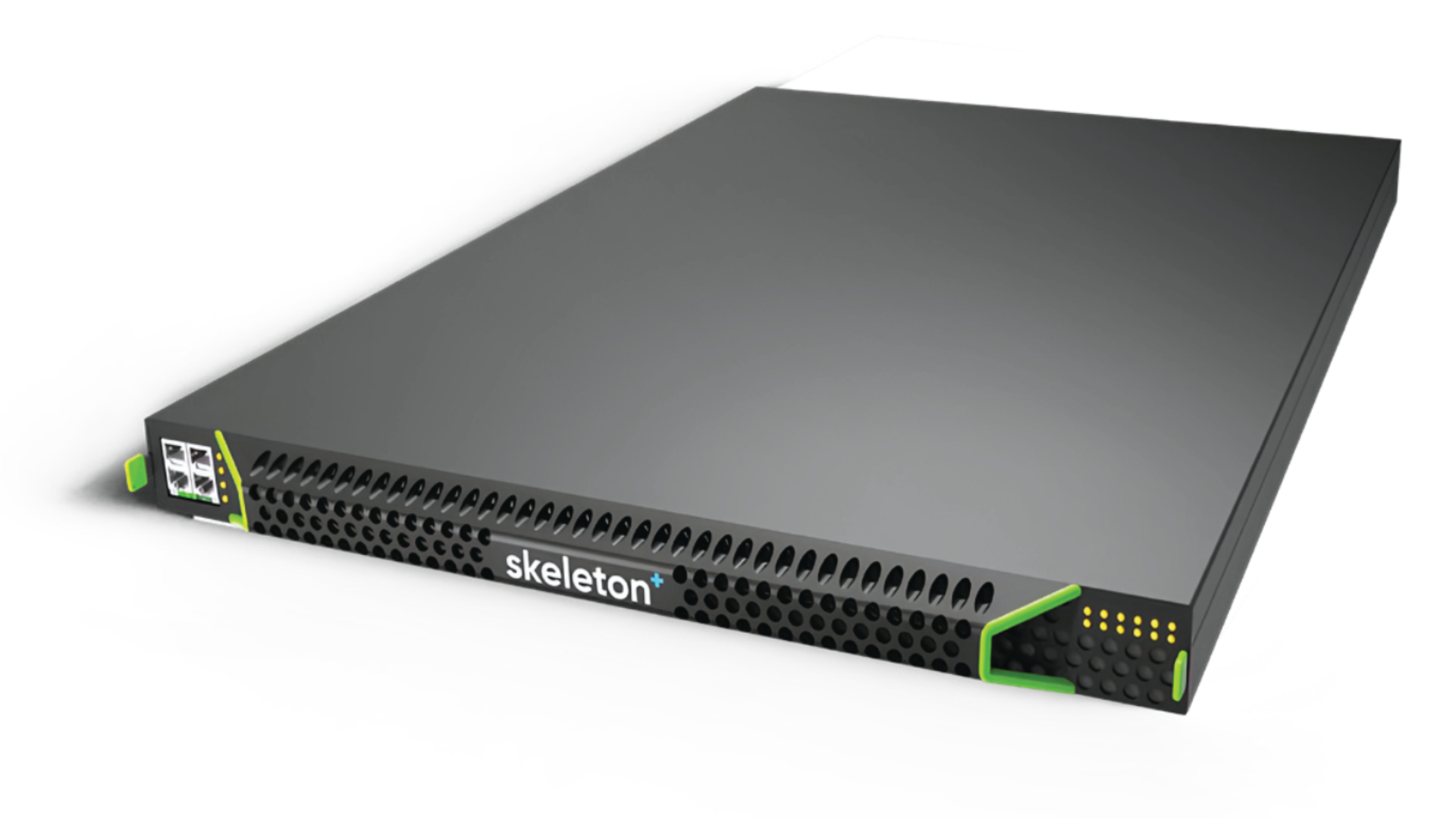
































































































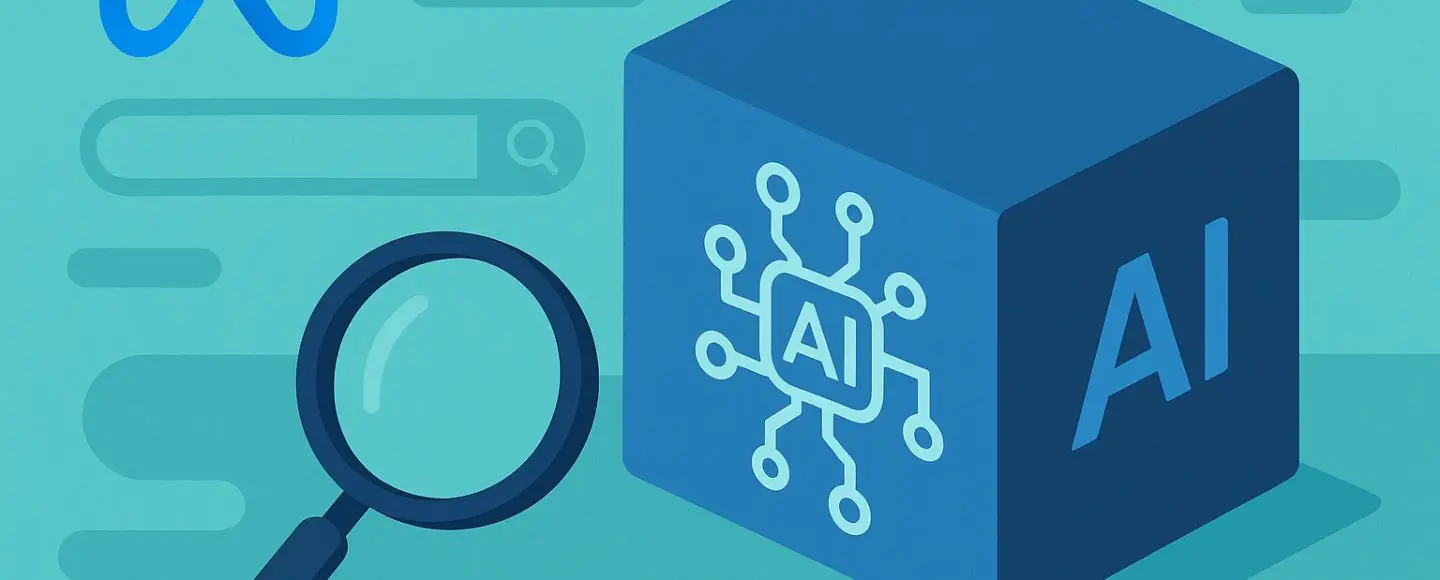






















































![[The AI Show Episode 150]: AI Answers: AI Roadmaps, Which Tools to Use, Making the Case for AI, Training, and Building GPTs](https://www.marketingaiinstitute.com/hubfs/ep%20150%20cover.png)
![[The AI Show Episode 149]: Google I/O, Claude 4, White Collar Jobs Automated in 5 Years, Jony Ive Joins OpenAI, and AI’s Impact on the Environment](https://www.marketingaiinstitute.com/hubfs/ep%20149%20cover.png)






























































































































![How to Survive in Tech When Everything's Changing w/ 21-year Veteran Dev Joe Attardi [Podcast #174]](https://cdn.hashnode.com/res/hashnode/image/upload/v1748483423794/0848ad8d-1381-474f-94ea-a196ad4723a4.png?#)


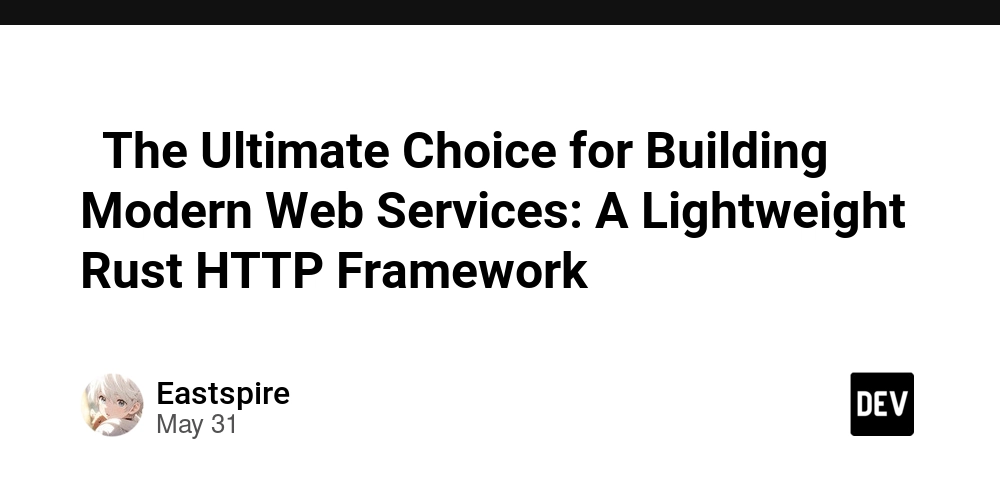
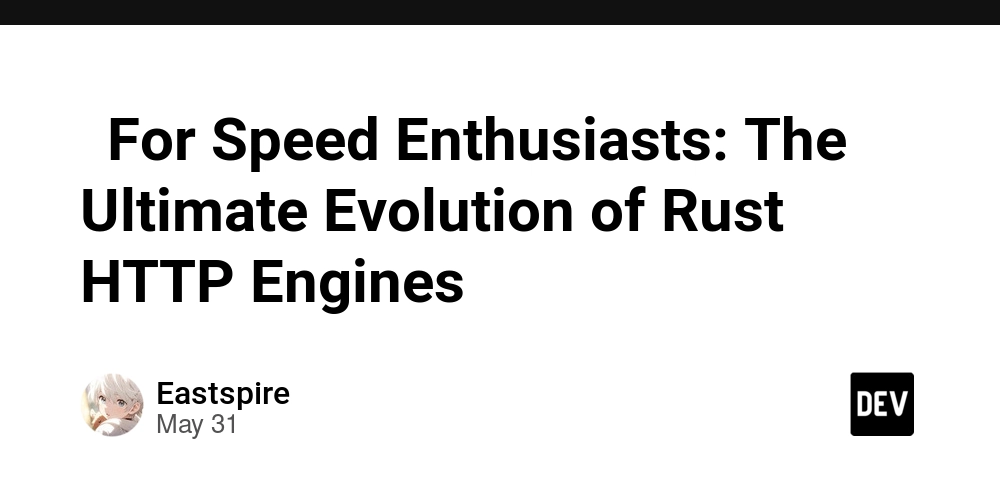

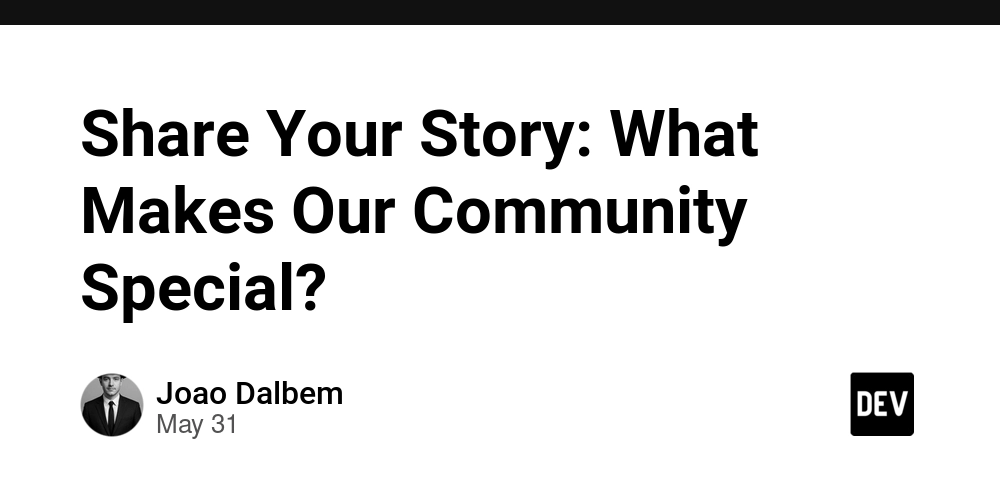










































.jpg?#)










































































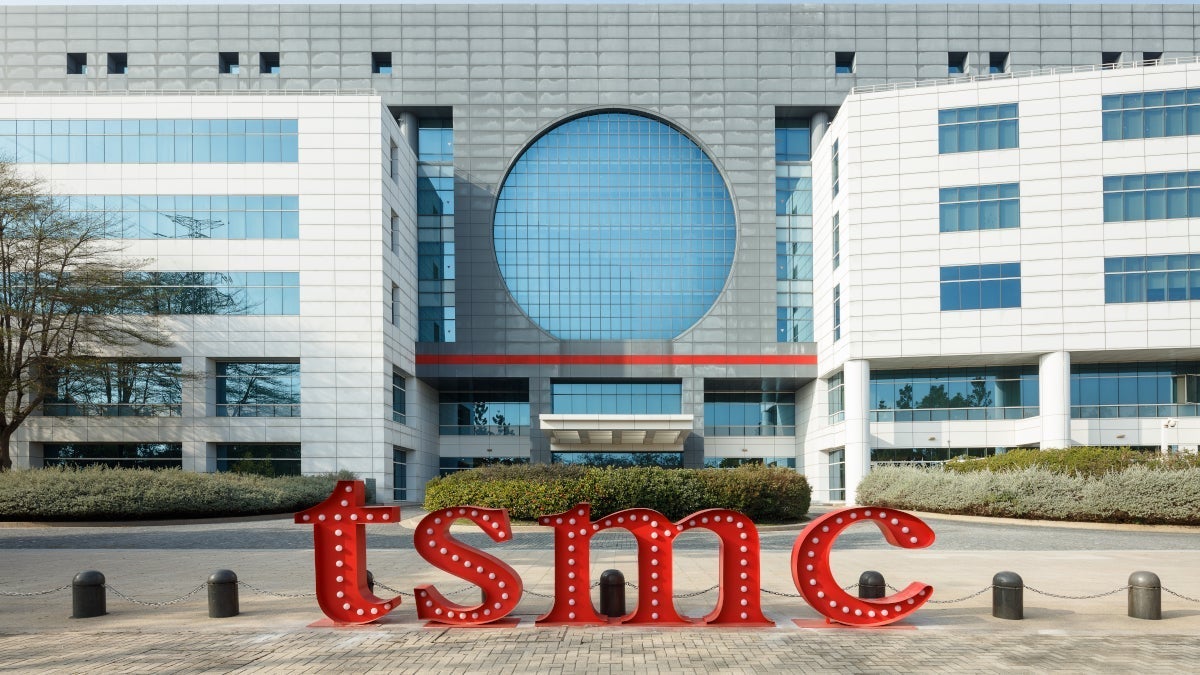












_ArtemisDiana_Alamy.jpg?width=1280&auto=webp&quality=80&disable=upscale#)
















































































































![Apple 15-inch M4 MacBook Air On Sale for $1023.86 [Lowest Price Ever]](https://www.iclarified.com/images/news/97468/97468/97468-640.jpg)































































